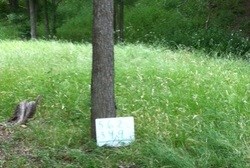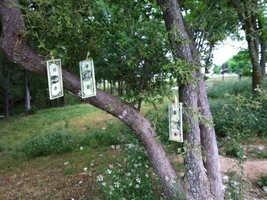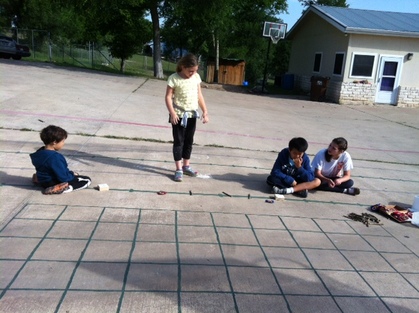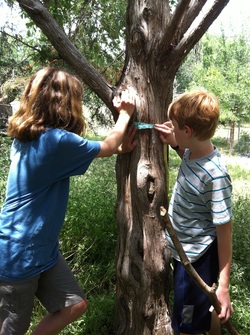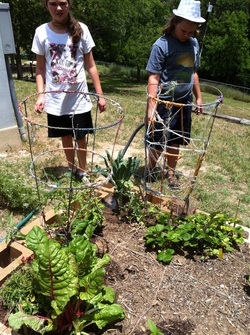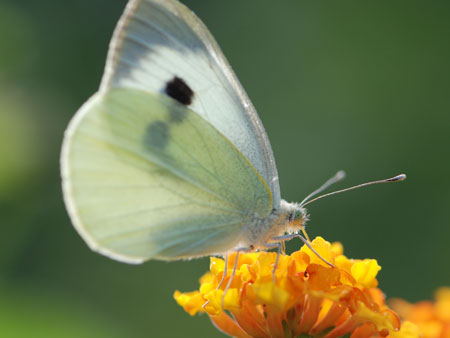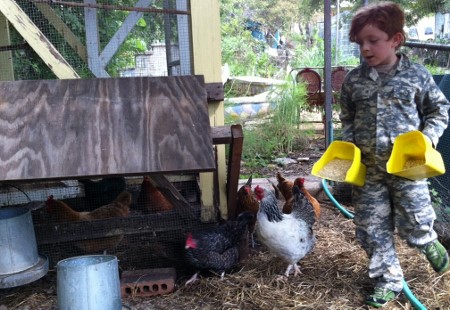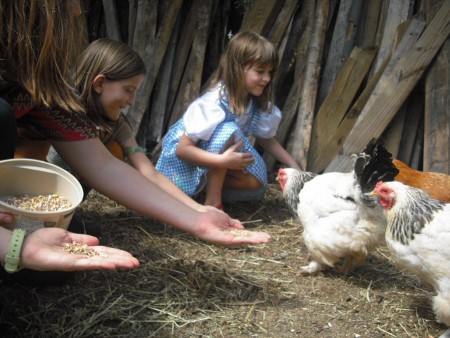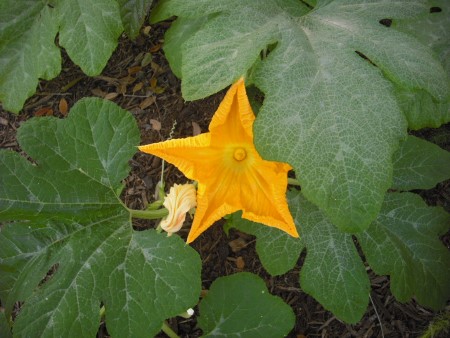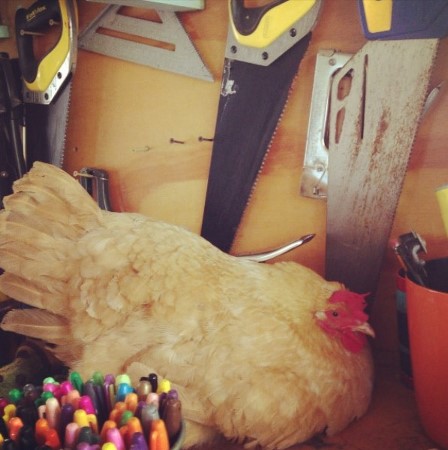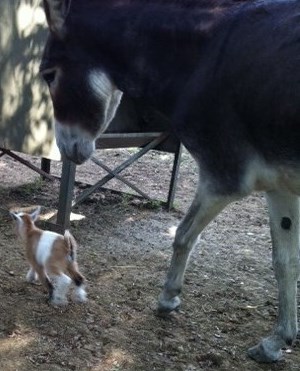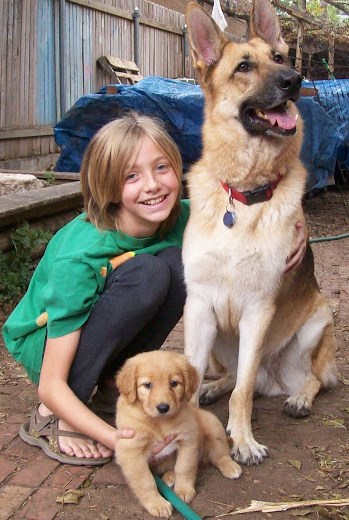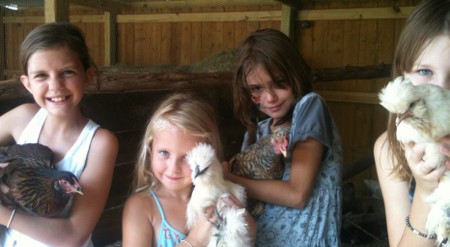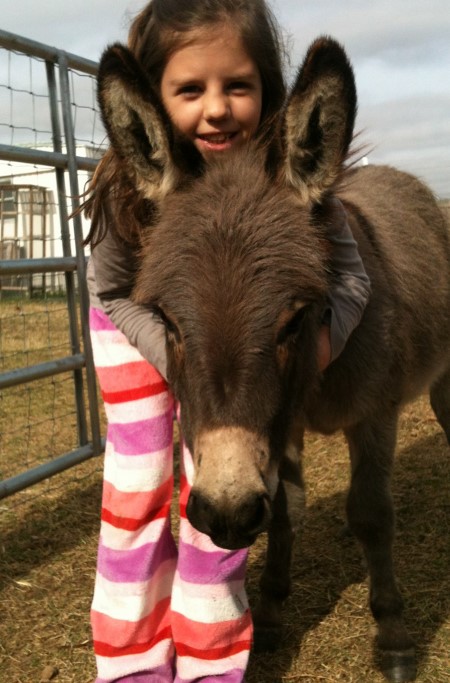Hiding scary things from kids
/
Deborah Hale, founder and director of the Inside Outside School, kindly granted Alt Ed Austin permission to republish this timely and soul-searching piece. It originally appeared on her school blog earlier this month, soon after large protests against police brutality and racism began in Minneapolis, Austin, and many other communities throughout the world.
Recent events following the murder of George Floyd have offered me, a white woman born in the 1950s, an opportunity for self-reflection. I am not doing a good enough job of growing anti-racist children. I’ve always taken the approach with environmental education that we don’t focus on what is wrong like glaciers melting; instead we help children fall in love with nature, so that one day they will harness that love in a way that actively protects the environment. Playing in a creek, gardening, and feeding chickens are our methodology of raising an environmental activist. We address race issues mostly through literature. We teach respect for everyone. The students study the Civil Rights movement, Jim Crow laws, slavery, the Underground Railroad, segregation, and prejudice.
In her book Not My Idea: A Book about Whiteness, Anastasia Higginbotham shows a mother saying, “Oh no, not again.” Her daughter hears her and says, “Mom. What ‘not again?’” The mother doesn’t want to tell her child about the George Floyd, Breanna Taylor, Mark Ramos news break of the day. She wants to “hide scary things” from her kid. Boy, do I get that! I really want children to enjoy their sacred childhood, running, playing, laughing. The dangers they face at school are poison ivy, sharp rocks under their bare feet, snakes, and puss moth caterpillars. Their parents might worry about that a bit, but they don’t have to worry that their child will be murdered by police. I can protect them from the horrible, frightening details in today’s news, but because there is not a lot of diversity, I cannot help them fall in love with people of color through direct experience. Our school isn’t free, there is no free breakfast or lunch, we are not on a bus route. We lack socio-economic diversity. As a private school, we serve privileged children. That’s not what I want, but that is what I created.
Our family has recently had our own run-in with racist police brutality. Like many white grandparents, we have grandchildren, daughters-in-law, nieces, and nephews who are people of color. Our grandson was peacefully protesting in Austin and was shot at close range by a police officer’s rubber bullet.
Our grandson, now 20, is a photographer. The bullet hit his right arm. He required emergency surgery to save his arm. He has a huge scar which runs down the center of his Texas tattoo. He was holding a camera, not a gun.
He is a peaceful man. He eats a vegan diet so that he may do no harm. I adore my grandchildren. They matter to me deeply and personally. Our grandson recently shared with us how difficult it has been for him, growing up black. I heard his pain, the things he has faced that our other grandchildren will never have to face because they are white. I do want them to know what happened to their cousin. I know it is a scary thing, but knowing about this is important. We cannot let them grow up thinking that the color of your skin doesn’t matter. It makes all the difference if your skin color isn’t white. I knelt in the grass on a recent Sunday at Huston-Tillotson College listening to the heartbreaking words of Brenda Ramos, whose son, Mark, had been killed by police in Austin 6 weeks earlier. Mark was unarmed and had his hands up in the air. There has been no justice, no arrest. My heart is hurting for her and for all mothers and grandmothers whose children are people of color.
One of the reasons we don’t teach our students at IOS about deforestation and climate change is that these big problems can paralyze children into a fear that they can only shut down around. I feel this paralyzing fear about our world right now. Are we facing civil war? Are people trying to stir up such an unimaginable evil in the year 2020? I cannot remain frozen in fear. I have to use my voice to speak out against racism. It was not my idea, and if you are reading this, it was not yours either. We do not support it, but are we fighting it?
My grandfather introduced racism into our home when I was in kindergarten or first grade. He said the N word at the dinner table in reference to his co-workers at the post office. My mother bravely ripped her father in law a new one in front of his granddaughters. It made an indelible impression on me. I thank God that my mother shaped my belief system, not my grandfather. When we saw the race riots on the television, she did not send me out of the room. I saw. I see. I cannot look the other way.
Our next module in our Wit and Wisdom curriculum at the Inside Outside School is “Civil Rights.” We will open with this integrated theme in our pandemic world classroom, whatever that looks like. I will help shape the belief systems of my students. I will continue to teach them the Three Respect Agreements of our school: Respect Yourself, Respect Others, Respect the Environment. I will continue to teach them about a growth mindset and about the Dimensions of Human Greatness. But, when we talk about interaction, I want them to actually have interactions with people of color. I don’t want it to all be book learning.
My semester reports are all written, and now I am trying to plan for a world where students can’t be closer than 6 feet from each other, where I may be teaching with a mask over my mouth and nose in triple-digit Texas heat. But just as importantly, I also am imagining how to plan a world where the student population at our school reflects the diversity of our wider community. I can stand against racism by not being satisfied with my white privilege. I can ask for the means to serve more intentionally in creating a more just and loving world. I can reach into the greater field of life where this school originated and find the next upgrade. Through our shared intention, let us see that manifesting.
Please join me. Namaste.
Deborah Hale







